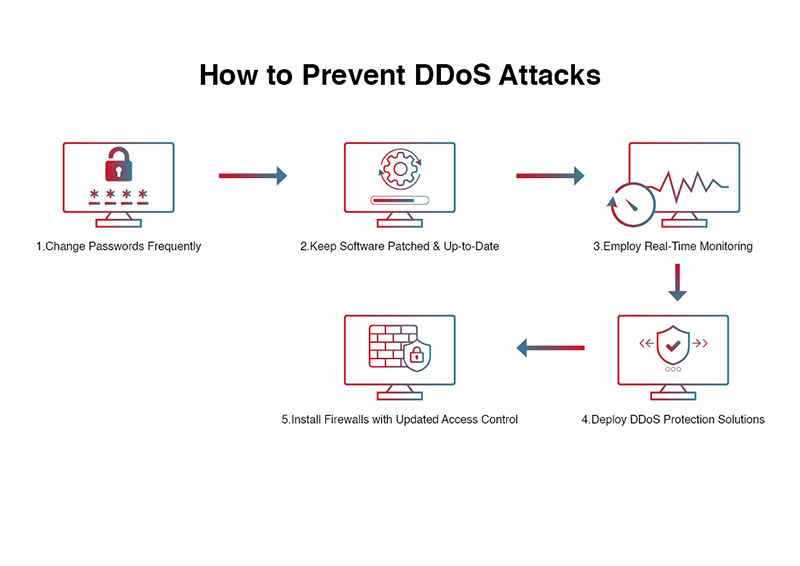How to Prevent DDoS Attacks on Server
DDoS attacks are a common threat in the online world, and they can wreak havoc on your server if not properly mitigated. In this article, we will discuss some effective strategies to prevent DDoS attacks and keep your server safe and secure.
1. Implement a Web Application Firewall (WAF)
A Web Application Firewall (WAF) is a security solution that helps protect your server from malicious traffic by filtering and monitoring HTTP traffic between a web application and the Internet. By setting up a WAF, you can block malicious requests before they reach your server, thus preventing potential DDoS attacks.
2. Use a Content Delivery Network (CDN)
By utilizing a Content Delivery Network (CDN), you can distribute your website’s content across multiple servers located in different geographic locations. This not only improves the performance of your website but also helps mitigate DDoS attacks by spreading the traffic load. In case of an attack, the CDN can absorb a significant portion of the malicious traffic before it reaches your server.
3. Keep Your Software Up to Date
Outdated software and applications can be vulnerable to security threats, including DDoS attacks. Make sure to regularly update your server’s operating system, web server, and applications to patch any known vulnerabilities and improve overall security.
4. Monitor and Analyze Traffic Patterns
It’s crucial to monitor your server’s traffic patterns regularly to detect any unusual activity that might indicate a DDoS attack. By analyzing incoming traffic, you can identify and block suspicious IP addresses or traffic sources before they cause any harm to your server.
5. Configure Rate Limiting and Access Control Lists
Implementing rate limiting and Access Control Lists (ACLs) can help restrict the number of requests from a single IP address or block certain IP ranges known for malicious activities. By setting up these controls, you can minimize the impact of DDoS attacks and protect your server from potential threats.
6. Utilize a Scalable Hosting Solution
Choosing a hosting provider that offers scalable solutions can help mitigate DDoS attacks by providing additional resources to handle sudden spikes in traffic. Scalable hosting solutions can automatically scale up or down based on your server’s needs, ensuring optimal performance even during peak traffic periods.
7. Enable DDoS Protection Services
Consider investing in DDoS protection services offered by specialized providers. These services can detect and mitigate DDoS attacks in real time, ensuring that your server remains accessible to legitimate users while blocking malicious traffic effectively.
8. Create a DDoS Response Plan
Having a detailed DDoS response plan in place is essential to minimize the impact of an attack and ensure a quick recovery. Your plan should include steps to identify the attack, notify relevant stakeholders, implement countermeasures, and restore normal operations as soon as possible.
Conclusion
Protecting your server from DDoS attacks requires a proactive approach and a combination of security measures. By implementing the strategies mentioned in this article, you can significantly reduce the risk of DDoS attacks and safeguard your server’s integrity and performance.
